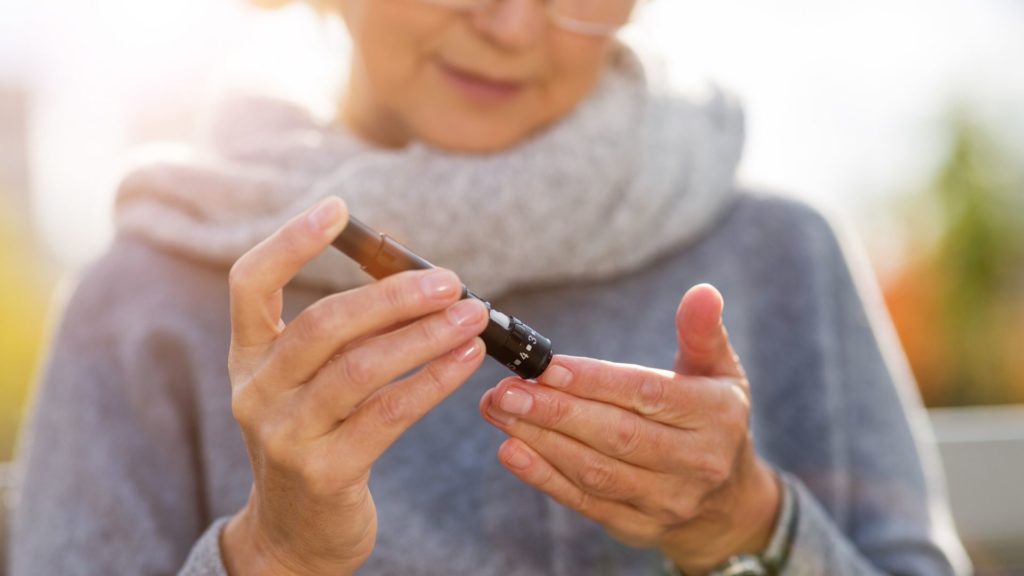Traveling with diabetes involves extra preparation and planning. With proper care, however, you should be able to go anywhere in the world. Here are some guidelines to follow when you’re traveling:
- Always carry your diabetes supplies with you.
- When going through security, don’t worry about X-ray effects on your your meter or your insulin. If you have any concern, ask to have your meter hand-inspected.
- If you’re traveling with someone else, have them carry duplicate supplies, just in case.
- Bring more than enough diabetes supplies with you, perhaps an extra two weeks worth. This includes insulin, test strips, and lancets. It wouldn’t hurt to bring an extra set of unopened insulin vials, in case you break a vial.
- In addition to your diabetes supplies, bring glucagon and medications for vomiting and diarrhea.
- If you’re traveling to another country, take with you a note from your doctor indicating that you have insulin-dependent diabetes. Customs agents are quite used to travelers with diabetes, so you are unlikely to experience any problems, but the note will help if you are questioned.
- Take real food with you, such as a sandwich or other meal, in case meals aren’t available from elsewhere. You never know when you will be delayed, or when you’ll be stuck someplace for an extra hour or two. Good food choices are fruit, Power Bars, and peanut butter crackers.
- Avoid “diabetic meals” on airplanes. They’re usually very low carbohydrate meals designed for people with Type 2 diabetes who need to lose weight.
- Take an emergency sugar supply to treat hypoglycemia. Good examples are glucose tablets, which won’t melt in the heat or get sticky.
- Unless it is really hot in your hotel room, don’t store your insulin in a hotel room refrigerator. These small refrigerators have poor temperature control, and you’re as likely as not to end up with frozen insulin, which must be thrown away.
- It’s an excellent idea to wear a medical identification bracelet or necklace that indicates that you have insulin-dependent diabetes. Also, carry a card in your wallet or purse too.
- Take a Traveling Medical Record with you.
- Finally, your Diabetes Team will have handouts about Traveling with Diabetes. Get copies of the handouts, and read them.
HealthNewsDigest.com
Copyright 2003 HealthNewsDigest.com

